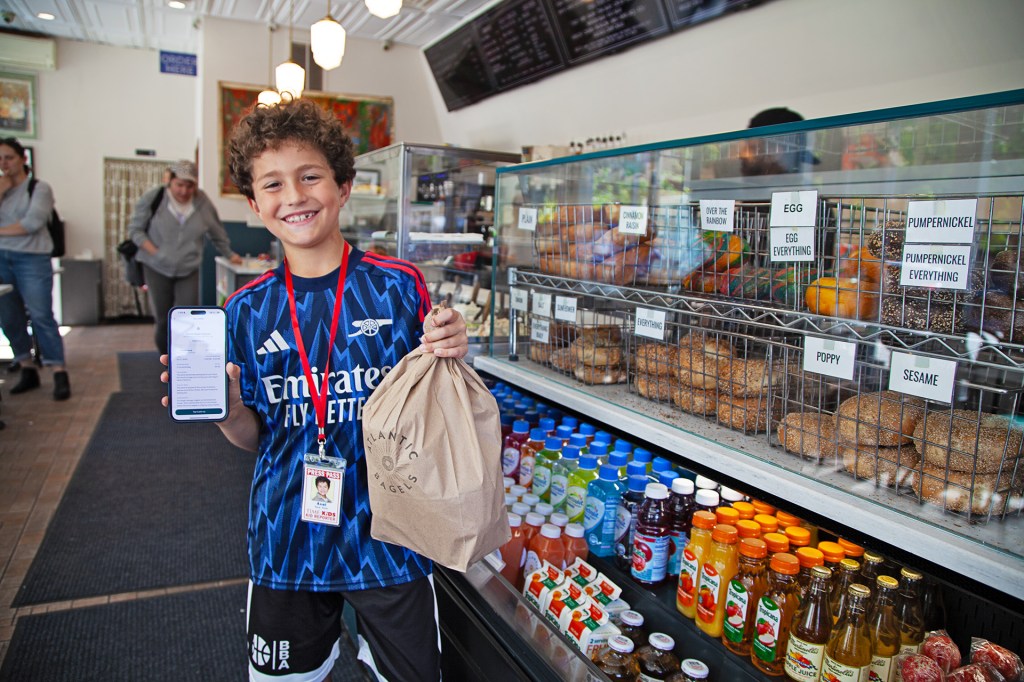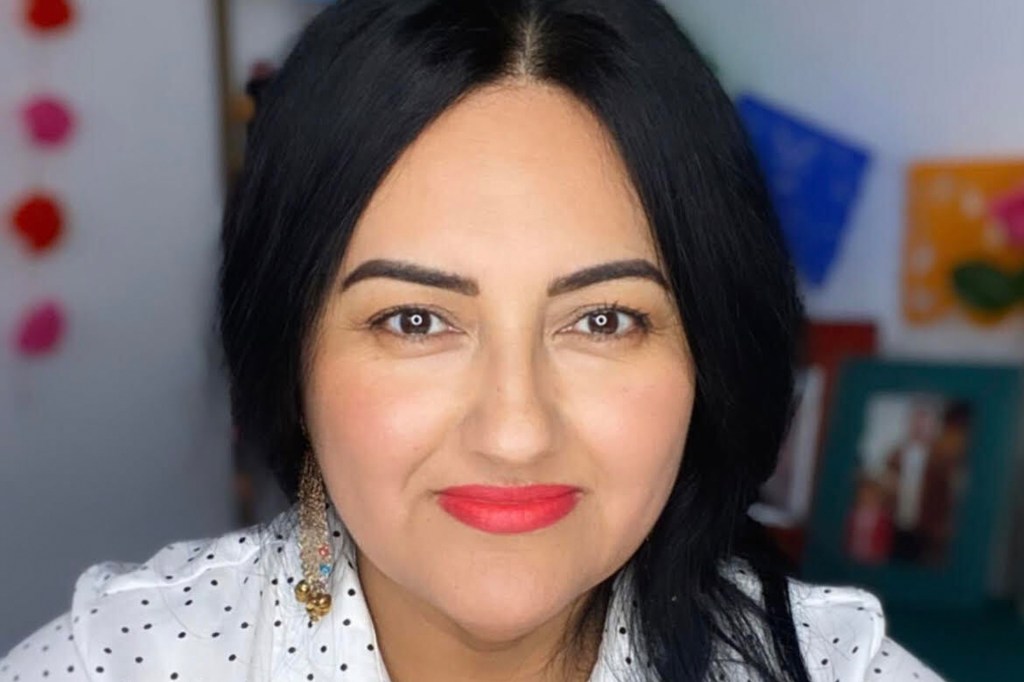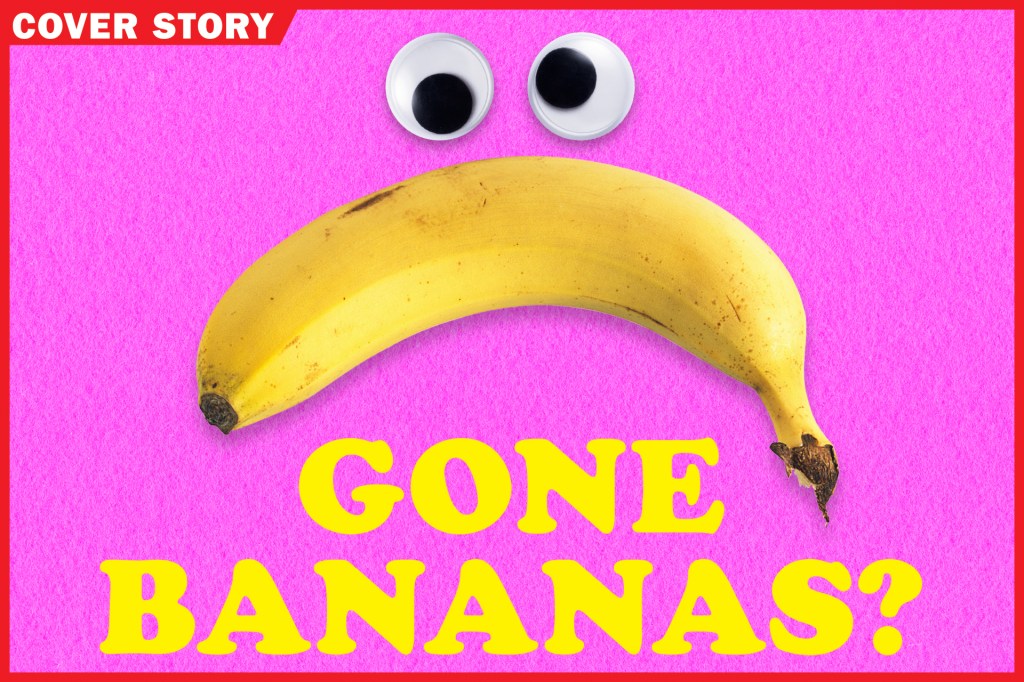
Bananas are one of the most important crops on Earth. According to the Food and Agriculture Organization (FAO), 400 million people rely on bananas as a source of food or income. But the bananas we know and love may be at risk of extinction.
Around the world, banana plants are dying at an alarming rate. They are being attacked by a form of Panama disease called Tropical Race 4 (TR4).
Farmers, experts, and industry leaders have feared the day that TR4 would hit Latin America and the Caribbean. About 85% of bananas exported
export
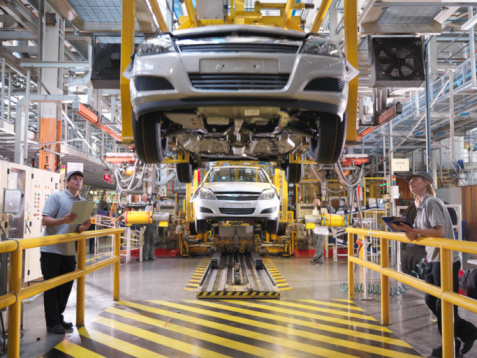 MONTY RAKUSEN—GETTY IMAGES
to send to another country to be sold
(verb)
The United States exports many automobiles to foreign countries.
worldwide are grown there. On August 8, 2019, those fears came true. Colombia declared a national emergency as cases of TR4 were confirmed at six banana farms in the country. “In Colombia, [TR4] is incredibly difficult to control,” scientist James Dale told TIME for Kids. “Everybody is absolutely petrified
petrified
MONTY RAKUSEN—GETTY IMAGES
to send to another country to be sold
(verb)
The United States exports many automobiles to foreign countries.
worldwide are grown there. On August 8, 2019, those fears came true. Colombia declared a national emergency as cases of TR4 were confirmed at six banana farms in the country. “In Colombia, [TR4] is incredibly difficult to control,” scientist James Dale told TIME for Kids. “Everybody is absolutely petrified
petrified
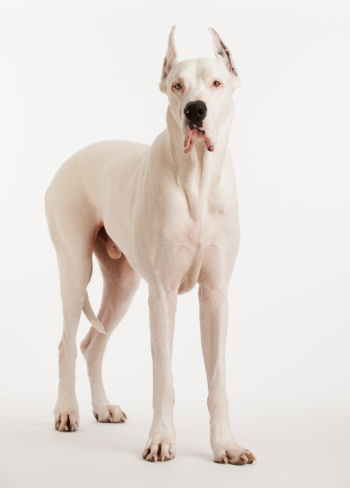 TETRA IMAGES/GETTY IMAGES
very afraid
(adjective)
Jeremy is petrified of large dogs.
about what’s going to happen.”
TETRA IMAGES/GETTY IMAGES
very afraid
(adjective)
Jeremy is petrified of large dogs.
about what’s going to happen.”
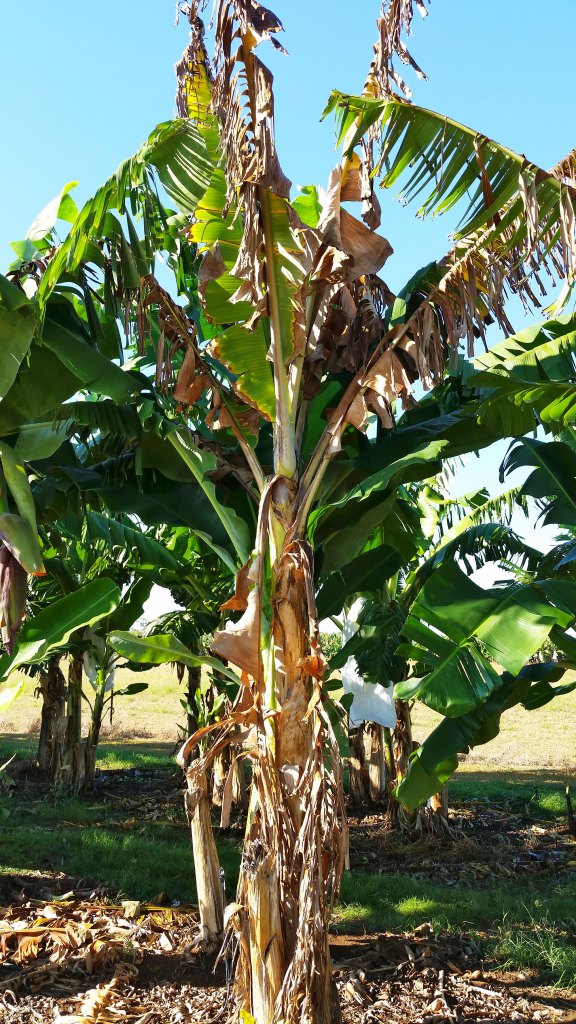
PLANTS IN PERIL When a banana plant is infected by Tropical Race 4, it turns yellow, wilts, and dies.
COURTESY QUEENSLAND UNIVERSITY OF TECHNOLOGY, BRISBANE, AUSTRALIAWhen Good Bananas Go Bad
TR4 is a fungus that lives in soil. It infects banana plants through the roots and moves into the stems. There, it prevents water and nutrients from reaching the plant’s leaves. The plant turns yellow, then it dries up and dies.
It can take six months to a year for farmers to spot TR4 in a field of banana plants. By then, it’s hard to treat the disease. Farmers can only try to keep it from spreading. But TR4 spreads easily, from plant to plant and from farm to farm. “With increased human transportation, travel, and trade... no country is immune
immune
 VIEWSTOCK/GETTY IMAGES
not affected by something
(adjective)
Getting good grades does not make you immune to detention, because you must also be well-behaved.
to the disease,” Fazil Dusunceli of the FAO says.
VIEWSTOCK/GETTY IMAGES
not affected by something
(adjective)
Getting good grades does not make you immune to detention, because you must also be well-behaved.
to the disease,” Fazil Dusunceli of the FAO says.
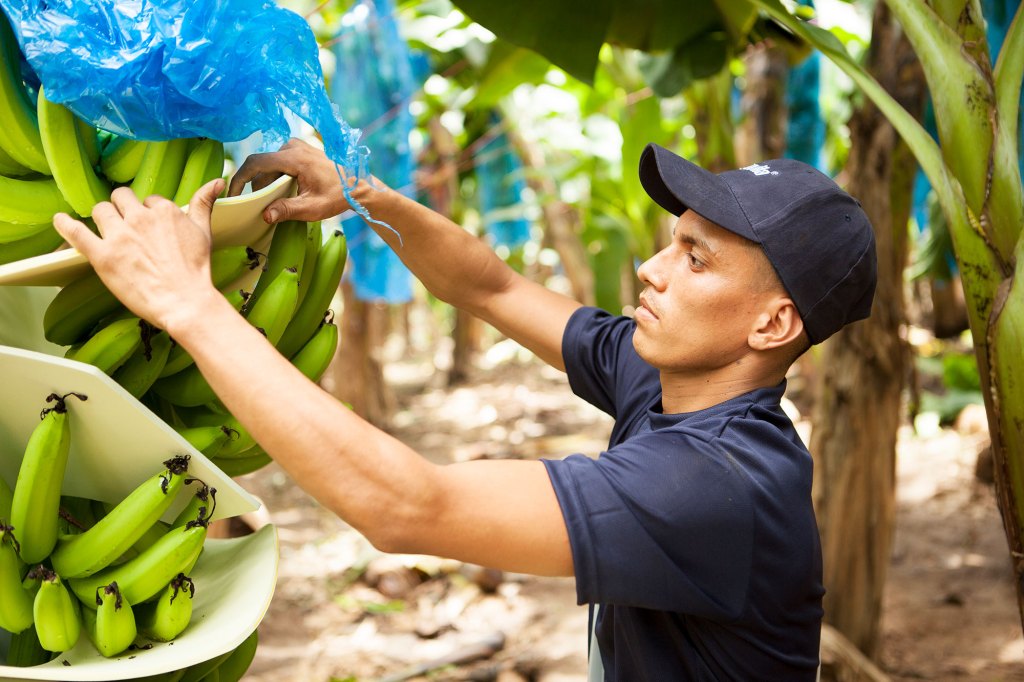
BEST OF THE BUNCH A farmer in Costa Rica tends to bunches of healthy bananas.
COURTESY CHIQUITAPart of the problem is that 99% of bananas exported are of the same variety: Cavendish. This is helpful for the banana industry. Large companies can grow more bananas when they grow only one kind, which means they can make more money. But a lack of diversity is not good for nature. All Cavendish bananas are genetically the same. Because of this, when a disease such as TR4 strikes, they are all equally vulnerable.
“Eating Cavendish [bananas] is making the situation worse,” says Altus Viljoen, a professor who studies plant diseases. Viljoen and other experts say we should diversify
diversify
 KATIV—GETTY IMAGES
to increase the variety of
(verb)
Shubham wanted to diversify his hobbies, so he took up the cello.
the types of bananas we are growing and eating. This might mean snacking on less-common bananas, such as the Manzano, which tastes like apple and strawberry.
KATIV—GETTY IMAGES
to increase the variety of
(verb)
Shubham wanted to diversify his hobbies, so he took up the cello.
the types of bananas we are growing and eating. This might mean snacking on less-common bananas, such as the Manzano, which tastes like apple and strawberry.
An Uncertain Future
People in the banana industry are coming together to try to save the tropical fruit. James Dale, for example, is working with a team of scientists in Australia to introduce a new variety of banana that’s resistant
resistant
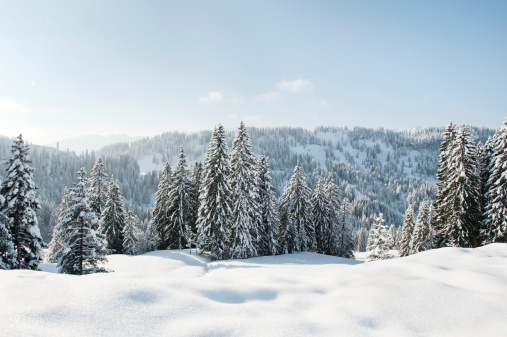 HANNAH BICHAY—GETTY IMAGES
able to withstand or repel something
(adjective)
Evergreen trees are resistant to cold temperatures.
to TR4. But some people are against creating new types of plants in a lab. They say people shouldn’t mess with nature.
HANNAH BICHAY—GETTY IMAGES
able to withstand or repel something
(adjective)
Evergreen trees are resistant to cold temperatures.
to TR4. But some people are against creating new types of plants in a lab. They say people shouldn’t mess with nature.
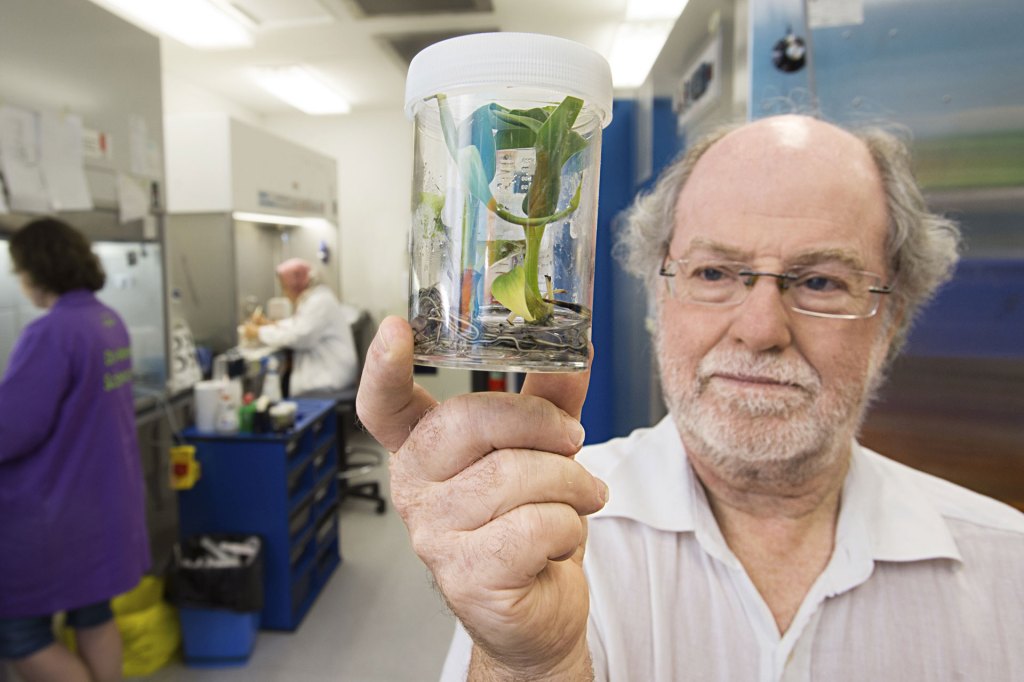
LAB WORK Australian scientist James Dale created a banana that’s resistant to Tropical Race 4.
COURTESY QUEENSLAND UNIVERSITY OF TECHNOLOGY, BRISBANE, AUSTRALIANot everyone is worried about the fruit. “I think there’s a great future for bananas,” says Andrew Biles. He’s an adviser to Chiquita, one of the biggest banana companies in the world. “They might cost a bit more [in the future], but already they’re one of the cheapest items in the store.”
This isn’t the first time in history that bananas have been in danger (see "Looking Back"). Even if we find a solution to today’s banana crisis
crisis
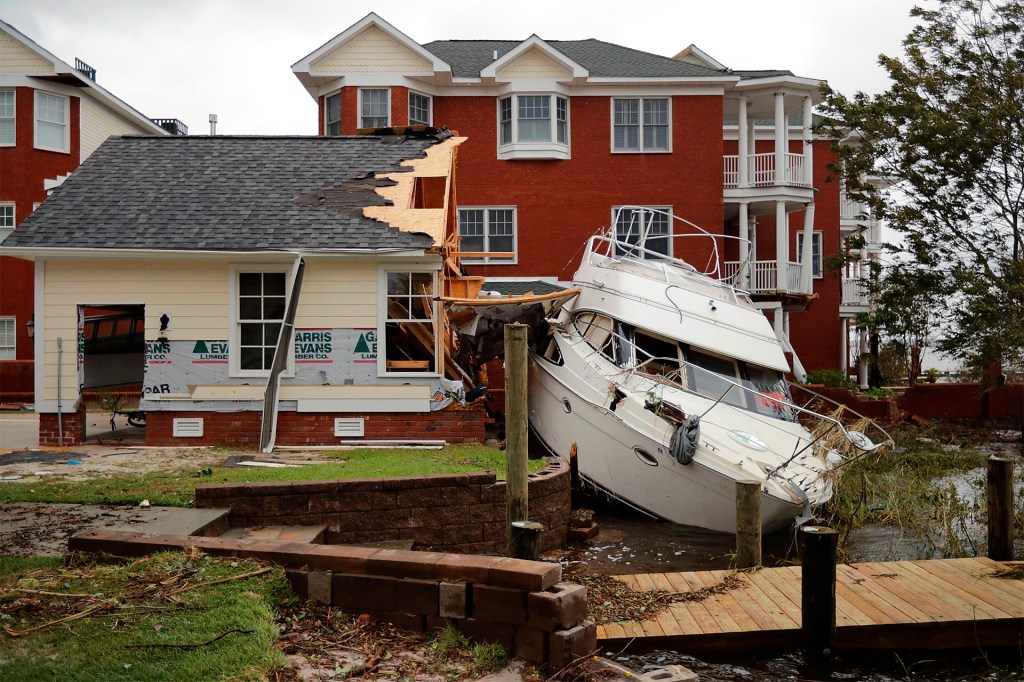 CHIP SOMODEVILLA—GETTY IMAGES
an urgent or a dangerous situation
(noun)
The crisis left thousands of people homeless.
, could history repeat itself, yet again, in decades to come? “Oh, I’m certain it will,” Dale says.
CHIP SOMODEVILLA—GETTY IMAGES
an urgent or a dangerous situation
(noun)
The crisis left thousands of people homeless.
, could history repeat itself, yet again, in decades to come? “Oh, I’m certain it will,” Dale says.
Looking Back
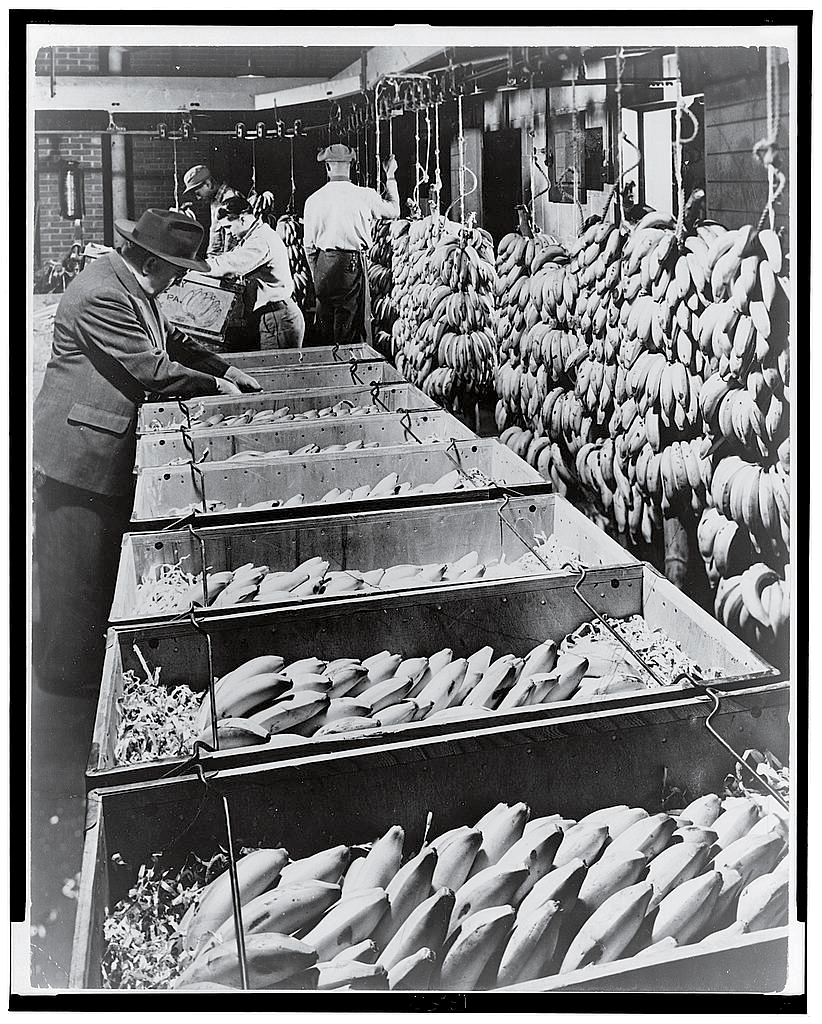
READY TO SHIP Workers pack bananas in crates in 1948.
LIBRARY OF CONGRESS ARCHIVESBefore the 1950s, nearly all the bananas grown for export were one variety: Gros Michel. Then Panama disease hit. The banana industry needed a replacement. So it turned to a different type of banana: the Cavendish. This was similar to the Gros Michel. But it was resistant to Panama disease.
In the 1990s, a new strain of Panama disease, TR4, hit crops. This put the fruit at risk again.








